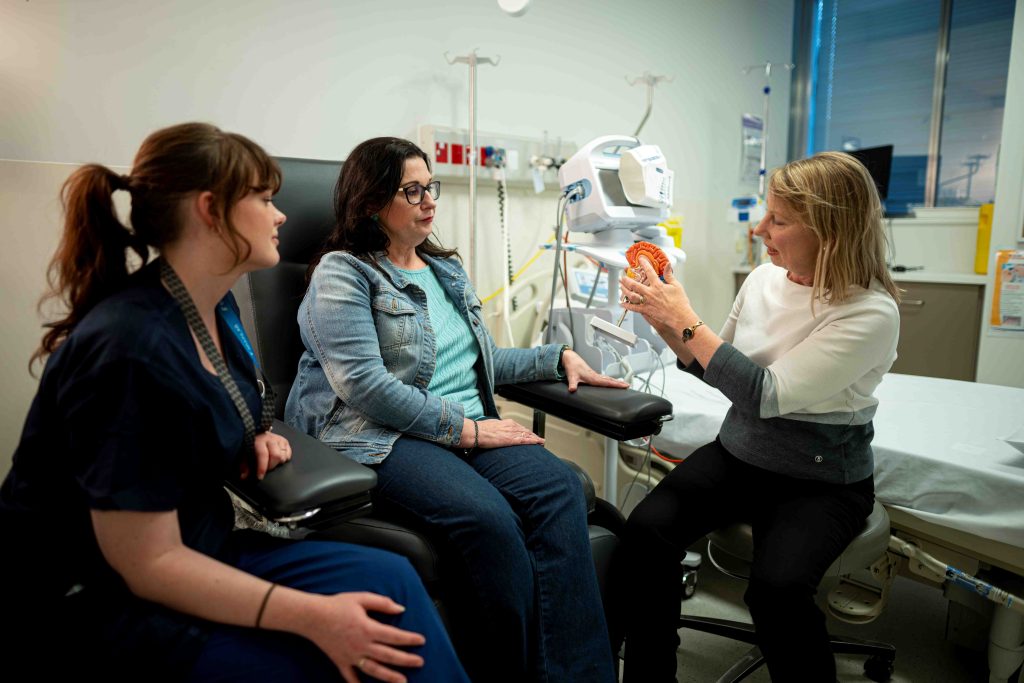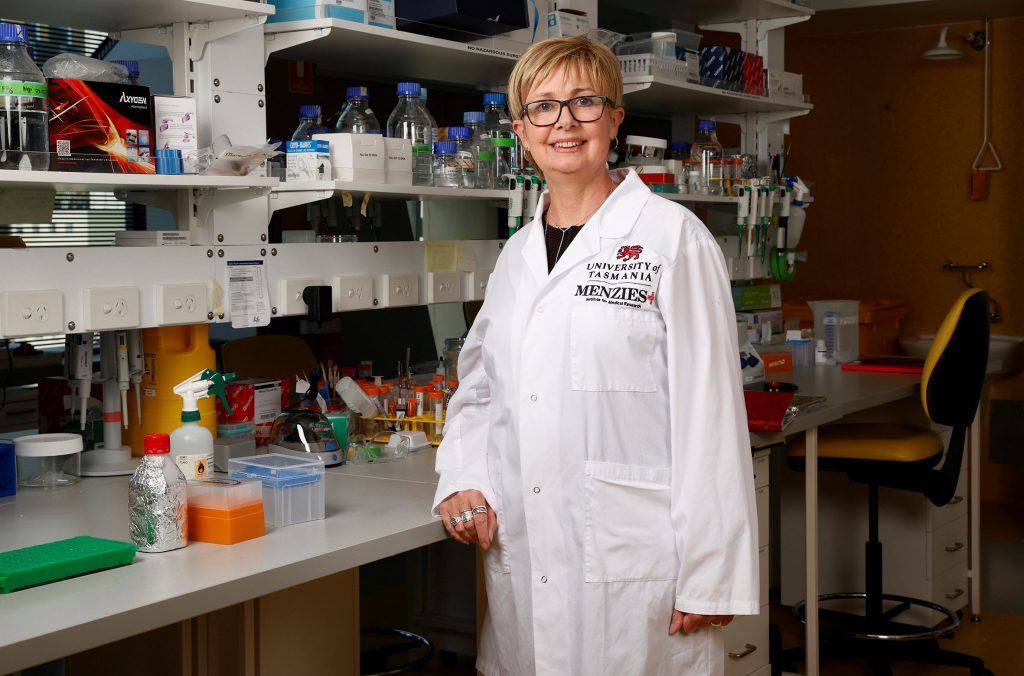
In the spirit of Brain Tumour Awareness Month this March, we're shedding light on a groundbreaking project that brings new hope to those affected by brain cancers in Tasmania. Thanks to the generosity of our community and the leadership of Professors Rosemary Harrup and Jo Dickinson, the Central Nervous System (CNS) Tumour Biobank for Tasmanians is making strides toward a brighter future in brain tumour research.
This project is all about gathering important samples from primary brain cancers to help scientists and doctors understand more about how these tumours grow and how to fight them. It's like creating a huge library of brain tumour information that researchers can use to make new discoveries.
Leading this incredible effort is Professor Rosemary Harrup. She's a full-time clinician and the Director of Cancer and Blood Services at the Royal Hobart Hospital. Professor Jo Dickinson is based at the UTAS Menzies Research Institute and is a full time researcher. Their work on this project shows a deep commitment to making things better for people with cancer. This work is all about finding new ways to diagnose and treat brain tumours, and teaching the next generation of scientists and doctors to do the same.

Why is this biobank so important? Brain cancers are a tough problem. They are rare (only 2% of all adult cancers) so it is harder to get samples and funds for research. We don’t have a screening tool (like a mammogram or a PSA test) so they're hard to detect early and even harder to treat effectively. This project is special because it focuses on the details of each tumour's genetic makeup. Understanding these details could lead to big changes in how we approach brain cancer, offering hope for discovering new features of brain cancer that allow better understanding of the causes and more tailored treatment.
The CNS Tumour Biobank doesn't just help Tasmanians. By joining forces with a nationwide brain cancer research group, Tasmania is playing a big role in the global effort to fight brain cancer. This means our local scientists get to collaborate with some of the best in the world, and together, they can make even bigger discoveries.

As we think about Brain Tumour Awareness Month, the CNS Tumour Biobank stands as a symbol of hope. It's a reminder of what we can achieve when we come together for a common cause. We're not just looking for new treatments; we're looking for better outcomes for everyone touched by this disease.
We are especially thankful to have professionals as skilled and dedicated as Professor Harrup and Professor Dickinson leading this charge. Their passion and vision are guiding us toward a future where brain tumours no longer bring fear but are something we can understand and conquer.
This biobank is more than just a collection of samples. It's a collection of hope. It represents our shared commitment to fighting brain tumours and our belief in a future where this condition can be beaten. Let's keep pushing forward, inspired by the progress we're making and the people, like the CNS Biobank team, who are leading the way.
Join us in making a difference
Your support can propel groundbreaking research using the CNS Tumour Biobank to new heights. Every contribution, big or small, helps us get one step closer to turning hope into reality for those facing brain tumours in Tasmania and beyond. To support this vital work, consider donating online or call the Foundation office on (03) 6166 1319. Together, we can unlock new discoveries and improve the lives of patients and their families. Your generosity makes all the difference.